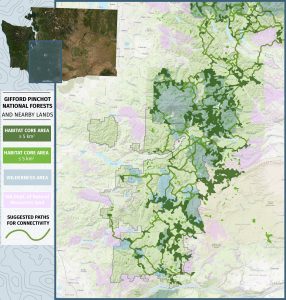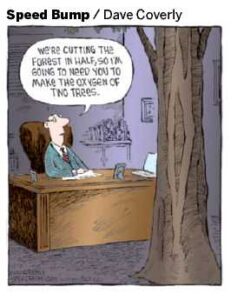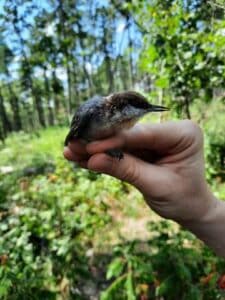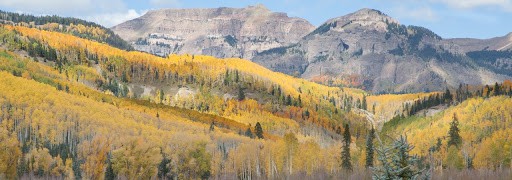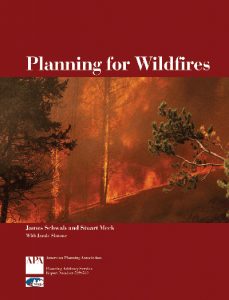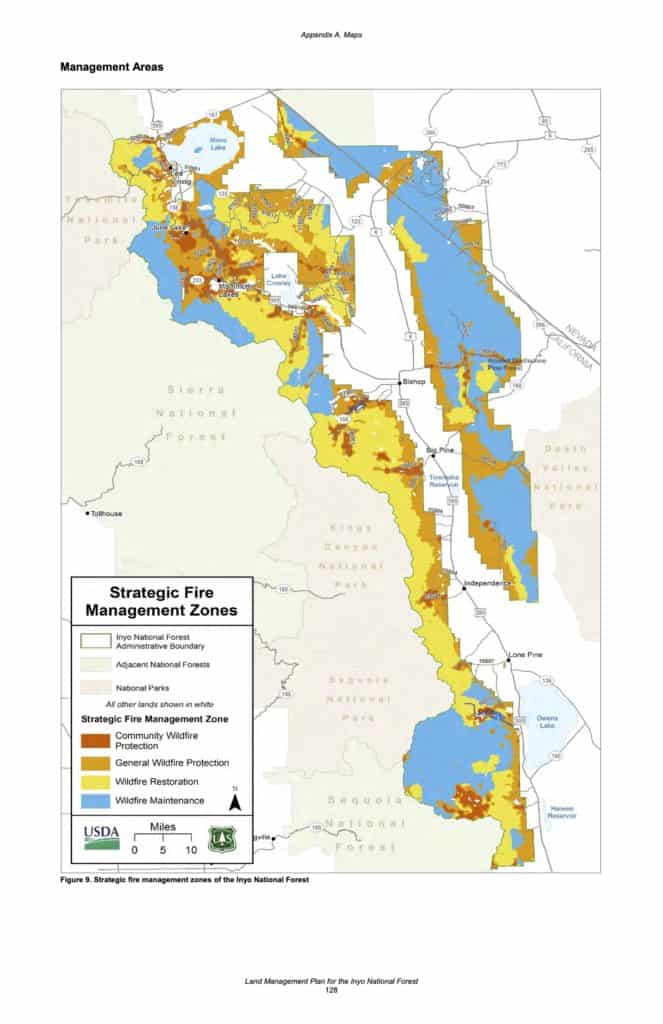You can read any number of articles right now about this that say ESA was adopted by a nearly unanimous Congress and signed by President Nixon on December 28, 1973. Its supporters find success in its protection of 99% of the species listed from extinction, while critics complain that only 3% have been recovered. To me, that’s apples vs oranges, because it is much easier for a law to stop bad things from happening than to make good things happen. I’d love to see those who complain about ESA out there arguing for more money to implement recovery plans. (And I fail to see the logic of opposing additional listings because recovery is unlikely, when recovery without listing is even less likely.)
But I was curious about what the Forest Service might have to say about this momentous anniversary, and this posting showed up on their website. It’s written about California, but must represent the agency’s perspective. The current priority is evident in the second paragraph:
Large, extremely hot fires have ripped through many of these lands, charring if not destroying habitat crucial to species survival. To help reduce the risk of large, devastating fires, the Forest Service is working to remove vegetation that could feed a fire and is working with the U.S. Fish and Wildlife Service to simultaneously support the conservation of listed species.
That would be listed species that depend on “vegetation that could feed a fire,” which would be removed. We’ve seen that with spotted owls, the Fish and Wildlife says this should mean focusing fuel reduction projects on areas that are less important to the species. It would be interesting to hear about how this approach is being implemented through agency policy, forest plans, and/or implementation strategies. This explanation by the Forest Service falls a little short of a “strategy” for accomplishing this.
The U.S. Fish and Wildlife Service, which manages the species program, often partners with the Forest Service on steps to protect species listed under the act. Collaborative efforts carry intertwined goals forward. Wildlife specialists and biologists from each agency review project plans, survey forests for species populations, collect data, and analyze the best available science. The Forest Service often includes wildlife conservation measures in as part of land management planning, which means on-the-ground activities needed to increase forest resilience align with the needs of wildlife.
For example, specific types, sizes and heights of trees are left in areas of a forest known to be actively used as nesting or denning sites by threatened or endangered species. The Forest Service plans work to occur during times of the year that will not disrupt key life stages, such as mating season or when adults are caring for young. The Fish and Wildlife Service reviews these plans before work is started to ensure that species needs are being met.
I like that they recognize the importance of forest plan standards as a key tool for protecting species, but I’d like to know more about “Collaborative efforts carry intertwined goals forward.”

